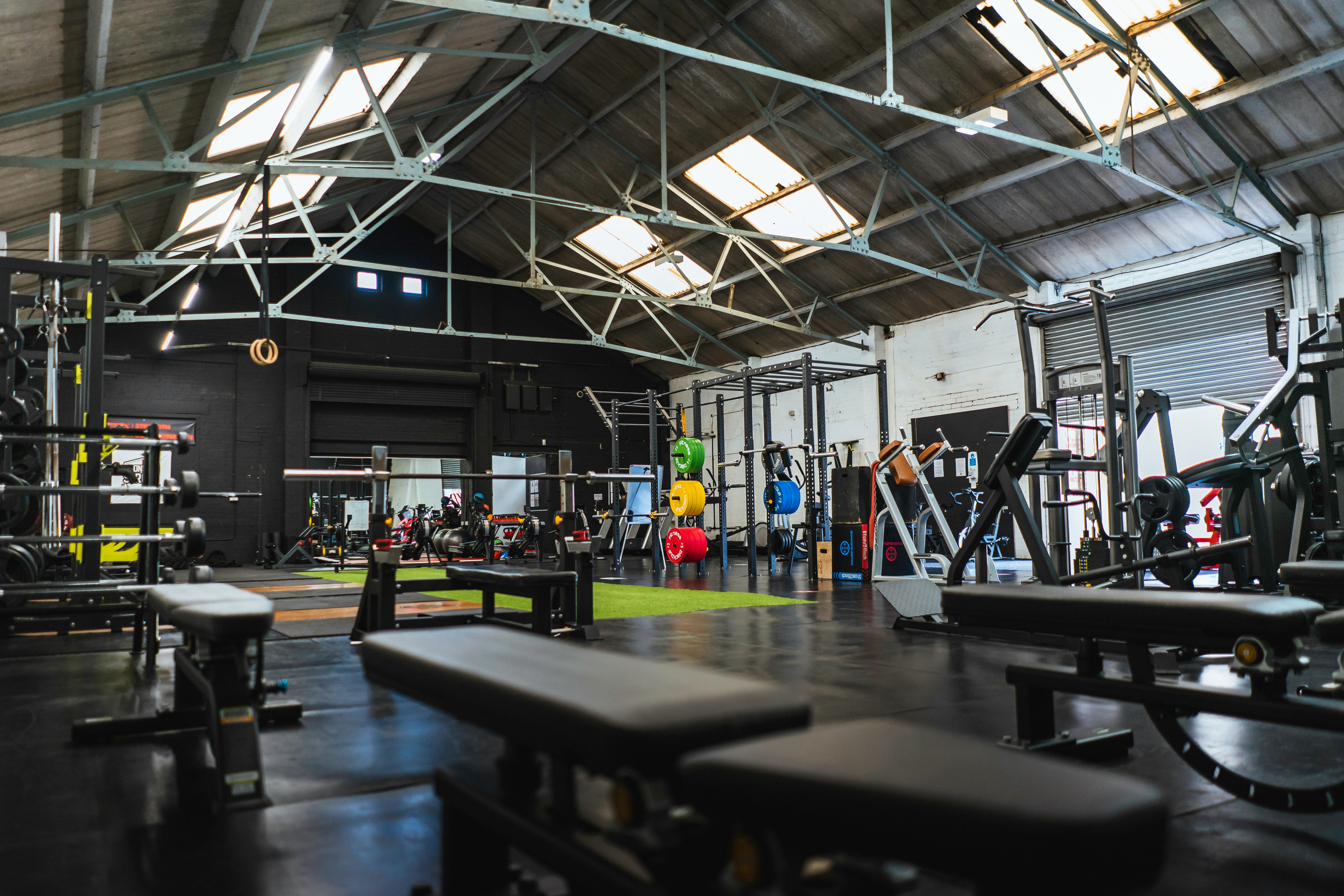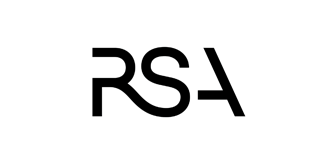
Hydration plays a much bigger role in gym performance than most people realise. Yes, it’s important for avoiding dehydration, but it also directly supports muscle recovery, energy levels, and long-term results.
For gym owners and managers, this means making hydration more accessible can be a powerful tool for improving member satisfaction and driving revenue.
In this article, we break down how hydration affects muscular recovery, why that matters for your bottom line, and how the right water dispenser setup can contribute to a stronger, more engaged member base.
Why hydration matters for muscle recovery
Muscle recovery isn’t just about protein shakes and rest days. Hydration is a key part of the recovery process, affecting everything from nutrient delivery to inflammation control.
What the Science Says
A 2021 review published in the Journal of the International Society of Sports Nutrition found that even mild dehydration can impair muscle repair, reduce performance in subsequent workouts, and increase feelings of soreness and fatigue.
Here’s why hydration matters post-exercise:
-
Improved circulation – Water helps transport nutrients and oxygen to muscles, speeding up tissue repair.
-
Reduced inflammation – Staying hydrated helps regulate inflammatory responses, reducing soreness and stiffness.
-
Efficient waste removal – Hydration supports the flushing of metabolic waste from muscle tissue, a key part of the healing process.
-
Joint lubrication – Helps reduce wear and tear during recovery workouts or lighter activity days.
In short, if your members aren’t hydrating well, they’re probably not recovering well either — and that can quickly snowball into skipped sessions and slower results.
The business case: Recovery drives retention
So, how does better hydration and faster recovery lead to gym growth? Let’s connect the dots.
1. Faster recovery = more frequent visits
When recovery is poor, members are more likely to skip sessions due to soreness or fatigue. When recovery improves, so does consistency.
More consistent workouts mean:
-
Better results
-
Greater habit formation
-
Booked up classes
-
Increased lifetime value per member
2. Better results = higher member satisfaction
Progress is a powerful motivator. Members who feel strong, energised, and pain-free are more likely to stay on track — and more likely to upgrade to premium offerings like personal training, nutrition coaching, or recovery services.
3. Happy members bring friends
Word of mouth is still one of the most effective ways to grow a gym. When your members feel great and see results, they’re more likely to:
-
Post about their success online
-
Recommend your gym to friends and colleagues
-
Leave positive reviews and testimonials
Better hydration is an easy, cost-effective way to support those outcomes, especially when it’s convenient, visible, and built into the facility’s flow.
How much water should gym members drink after a workout?
This varies by body size, activity level, and climate, but a general rule of thumb is to drink around 500–700ml within 30 minutes of finishing a workout, followed by regular sips throughout the next few hours to replace fluids lost through sweat and respiration.
For intense or longer sessions, more may be needed, particularly in hotter climates.
It also helps to start hydrating before exercise, not just after. Encourage members to drink small amounts regularly throughout the day, not just in bursts after their session.
For more on dehydration’s effects, see our guide on what dehydration does to your body.
The role of water dispensers in supporting hydration
You can’t force people to hydrate — but you can make it easy, accessible, and even enjoyable.
Why dispensers work better than bottles
Relying on bottled water or vending machines has several downsides:
-
Limited availability – Not always stocked, often inconveniently located
-
Environmental impact – Single-use plastic doesn’t align with most gyms’ sustainability goals
-
Cost to members – Even small charges can discourage use
In contrast, plumbed-in or bottle-fed dispensers offer a better experience:
-
Always available and easy to access
-
Can be positioned near high-traffic areas (e.g. weight zones, studios)
-
Often provide chilled or sparkling water options, making hydration more appealing
-
More sustainable and cost-efficient in the long run
Modern dispensers are designed to handle high usage with minimal maintenance, and some even allow for filtered sparkling or flavoured options — a bonus for members who prefer variety.
Want help choosing the right option for your gym? We categorise our range of dispensers by sector - See our collection of water dispensers suitable for use in gyms and leisure centres.
Tips to encourage hydration at your facility
Even with the best dispensers, you may need to nudge hydration habits along a bit. Here’s how:
-
Strategic placement – Install units where people naturally take breaks or finish sets
-
Visible signage – Remind members of the benefits of staying hydrated during workouts
-
Provide cups or encourage refillable bottles – Refillable options support sustainability and keep usage up
-
Offer variety – Consider dispensers with both still and sparkling options. Learn more about the hydrating properties of sparkling water in our guide
Invest in recovery, reap the results
Whether it’s encouraging faster recovery, boosting attendance, or generating organic word-of-mouth, a good hydration strategy can quietly power major growth for your gym.
If you’d like help selecting the right dispenser setup or simply want to chat about what works for your layout and members, let’s talk — we’re always happy to help.












